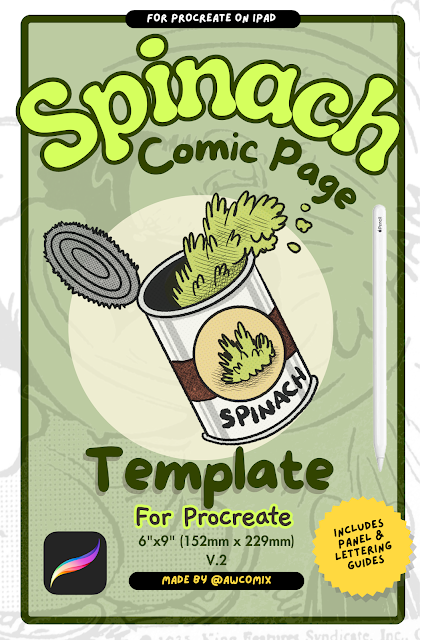6 things I wish I knew before starting in mail order comics
When I first launched SPP I thought I had most of the mail order stuff figured out. Afterall, I had been making and selling zines and comics for over 20 years! I soon realised there were a few fundamental things I had either mistaken or hadn't anticipated.
While it was frustrating, I didn't realise these simple things from the start, they were good learning opportunities. I wanted to share my insights as it might help someone else out there. All these things might sound obvious but it's exactly why I don't put much thought into them. They all seemed like secondary things when you are focused on making the best book possible. What I realised though is that even if you make a fantastic book, it doesn't mean anything if the postage is too high to ship it anywhere.
1-Figure out postage rates
This is my number one tip. As I've sent comics in the post for years, I was a little complacent about postage rates. I was caught by surprise when it came to shipping the finished book as it was slightly larger than my previous books and postage rates had gone up significantly, especially to overseas. I eventually ended up picking up a postage chart and practically slept with it under my pillow for two weeks studying its secrets. My advice to you, Pick up a chart or find one online and study that things like it's some sort of ancient text that contains the secret to the universe. Pay close attention to maximum sizes and weights. In canada when you go over 50 grams then you are no longer limited to 5mm thickness and other maximum letter sizes. Check out this handy postage guide on Etsy.
2-Figure out the exact size of your comic (and how it relates to postage costs from tip 1)
Look at your favourite comics. What size are they? Grab 10, 20, or even 30 comics. Sit down with a ruler and measure them all. Figure out what is the smallest size you can get away with. You may want to make a larger comic however it will weigh more and cost more to ship. I was originally going to make an A5 sized comic but then realised my lettering might be too small and changed to 7x10" late in the production stage. This was ok but I later realised after studying around 30 different comics that 6x9" is a much more common size, it would weigh less and be easier to ship in bulk.
3- Make a mock-up of your comic and weigh it
This is more essential than I realised. It's one thing to guess the weight and approximate size, but it's another to hold it in your hands. You can take you mockup to the post office and get them to quote you. Above is a picture of my mockup after I printed the comic. I sawed it down to 6x9" get a sense of the size and weight.4- Source your envelopes
Now that you have your ideal size and weight, what envelopes can you find. Can you buy them in bulk to save money? I started off with envelopes from the post office that cost about $2.40 each. I later found envelopes that had the exact size and sturdiness but cost $5.00 for a pack of 25! Saving on envelopes means I can charge less for postage.
5- Set up weight-based shipping in your online store
When I started, I avoided doing weight-based shipping profiles because it seemed too complicated. I thought it would be easier to put a shipping price per item. Although easier to correct, this was one of my bigger mistakes. Not only was this counter to how online stores work it also made figuring out shipping costs needlessly complicated and inaccurate. I potentially missed sales when I launched my book due to shipping confusion and had to refund a few orders for overpaying.
6- Figure out the three main shipping rates (Canadian example)
My final tip is the simplest but bears mentioning. Shipping can get confusing fast, but from Canada there are only three locations you need to worry about.
- Canada
- USA
- International
I hope these tips help you.









Comments
Post a Comment